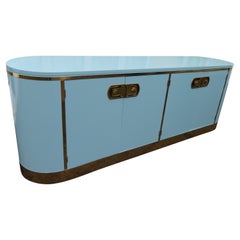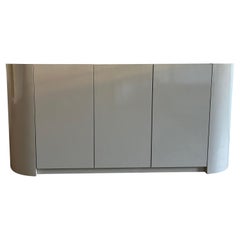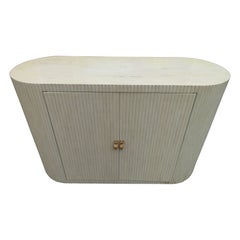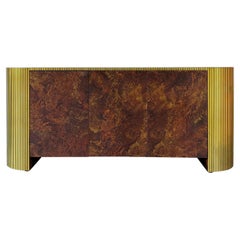Pill Credenza
Vintage 1970s American Mid-Century Modern Credenzas
Brass
Vintage 1980s American Post-Modern Credenzas
Laminate, Wood
Vintage 1970s Colombian Mid-Century Modern Cabinets
Bone
Recent Sales
Vintage 1980s American Post-Modern Credenzas
Brass
People Also Browsed
Vintage 1970s American Mid-Century Modern Credenzas
Wood, Lacquer
21st Century and Contemporary Italian Mid-Century Modern Chandeliers and...
Onyx, Brass
2010s British Mid-Century Modern Daybeds
Bouclé, Oak
21st Century and Contemporary Swedish Mid-Century Modern Table Lamps
Textile
21st Century and Contemporary European Neoclassical Benches
Iron
21st Century and Contemporary Portuguese Modern Sofas
Velvet
2010s Italian Renaissance Wall Mirrors
Glass
Vintage 1970s American Mid-Century Modern Sectional Sofas
Upholstery, Walnut
Vintage 1980s American Mid-Century Modern Sectional Sofas
Upholstery
20th Century American Mid-Century Modern Cabinets
Wood, Birch
Vintage 1980s American Post-Modern Credenzas
Chrome
21st Century and Contemporary Mexican Mid-Century Modern Floor Lamps
Textile, Wood, Linen, Fiberglass
21st Century and Contemporary American Mid-Century Modern Wall Lights an...
Enamel, Brass
21st Century and Contemporary Italian Mid-Century Modern Wall Lights and...
Brass, Metal
Mid-20th Century American Mid-Century Modern Credenzas
Faux Leather, Walnut, Lacquer
21st Century and Contemporary Portuguese Modern Night Stands
Brass, Stainless Steel
Finding the Right Credenzas for You
Antique and vintage credenzas can add an understated touch of grace to your home. These long and sophisticated cabinet-style pieces of furniture can serve a variety of purposes, and they look great too.
In Italy, the credenza was originally a small side table used in religious services. Appropriately, credere in Italian means “to believe.” Credenzas were a place to not only set the food ready for meals, they were also a place to test and taste prepared food for poison before a dish was served to a member of the ruling class. Later, credenza was used to describe a type of versatile narrow side table, typically used for serving food in the home. In form, a credenza has much in common with a sideboard — in fact, the terms credenza and sideboard are used almost interchangeably today.
Credenzas usually have short legs or no legs at all, and can feature drawers and cabinets. And all kinds of iterations of the credenza have seen the light of day over the years, from ornately carved walnut credenzas originating in 16th-century Tuscany to the wealth of Art Deco credenzas — with their polished surfaces and geometric patterns — to the array of innovative modernist interpretations that American furniture maker Milo Baughman created for Directional and Thayer Coggin.
The credenza’s blend of style and functionality led to its widespread use in the 20th century. Mid-century modern credenzas are particularly popular — take a look at Danish furniture designer Arne Vodder’s classic Model 29, for instance, with its reversible sliding doors and elegant drawer pulls. Hans Wegner, another Danish modernist, produced strikingly minimalist credenzas in the 1950s and ’60s, as did influential American designer Florence Knoll. Designers continue to explore new and exciting ways to update this long-loved furnishing.
Owing to its versatility and familiar low-profile form, the credenza remains popular in contemporary homes. Unlike many larger case pieces, credenzas can be placed under windows and in irregularly shaped rooms, such as foyers and entryways. This renders it a useful storage solution. In living rooms, for example, a credenza can be a sleek media console topped with plants and the rare art monographs you’ve been planning to show off. In homes with open floor plans, a credenza can help define multiple living spaces, making it ideal for loft apartments.
Browse a variety of antique and vintage credenzas for sale on 1stDibs to find the perfect fit for your home today.



